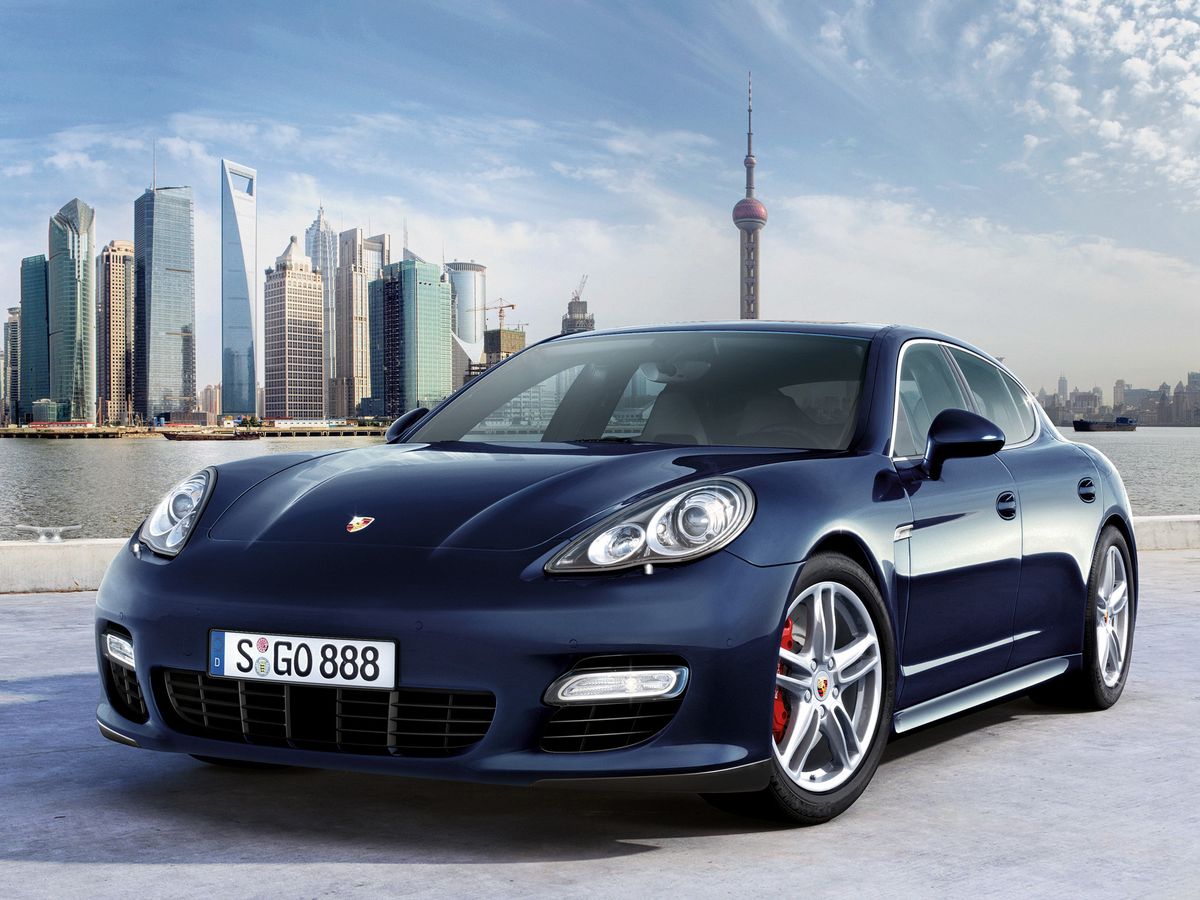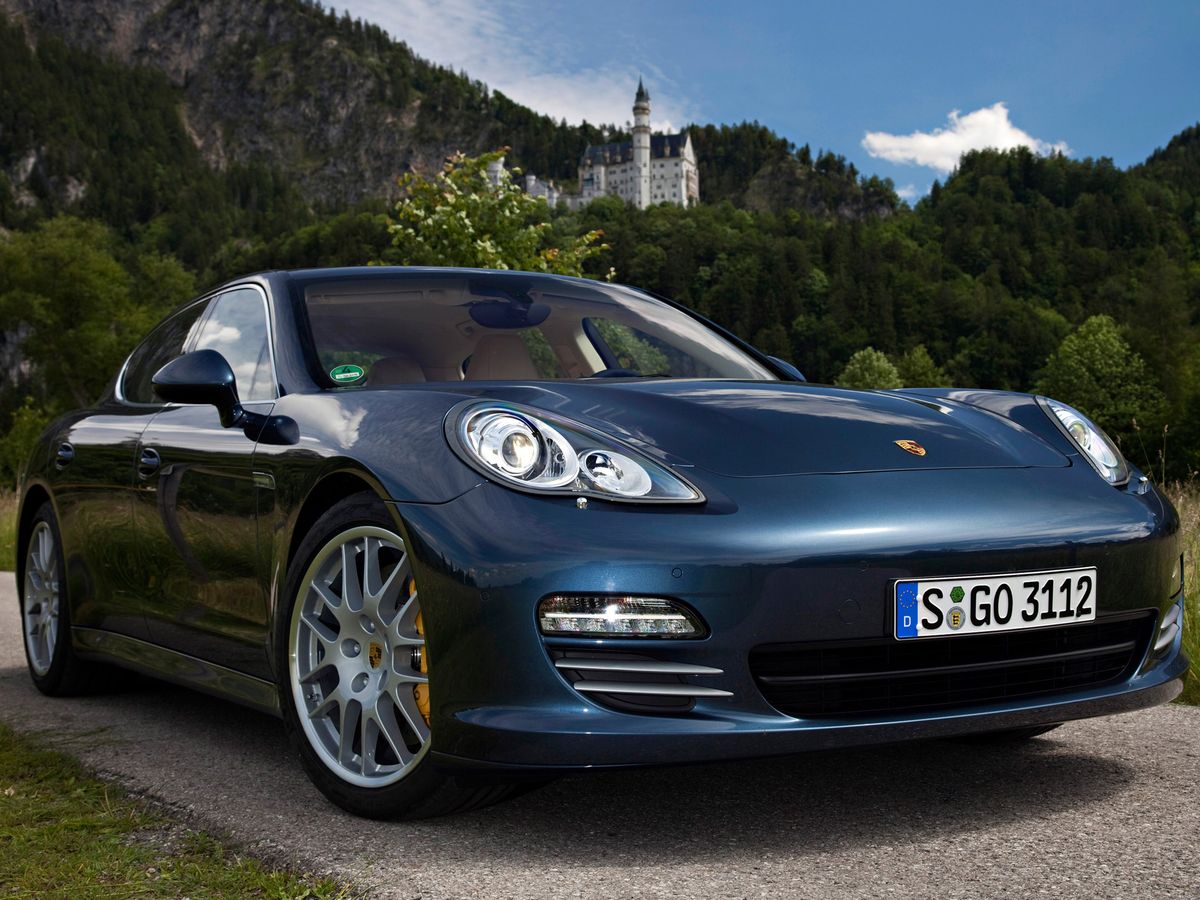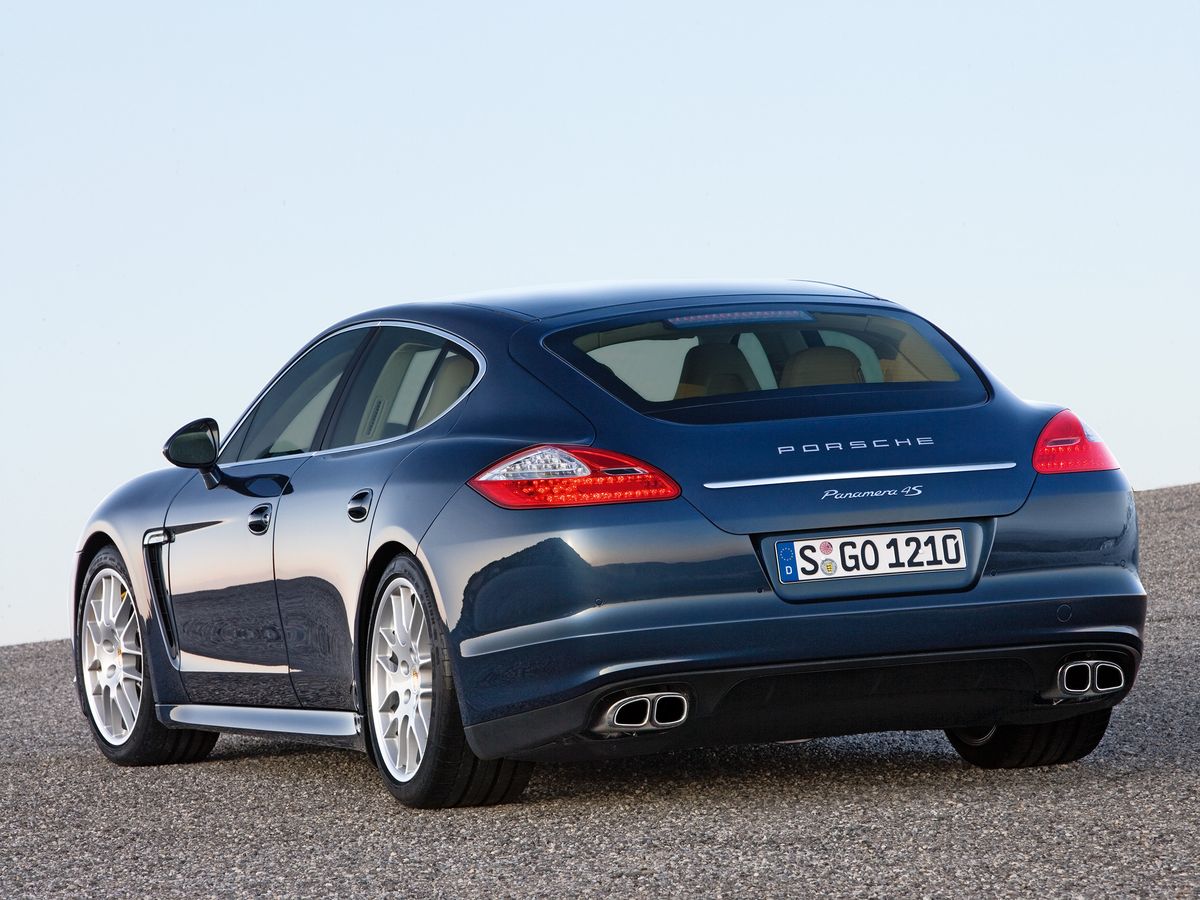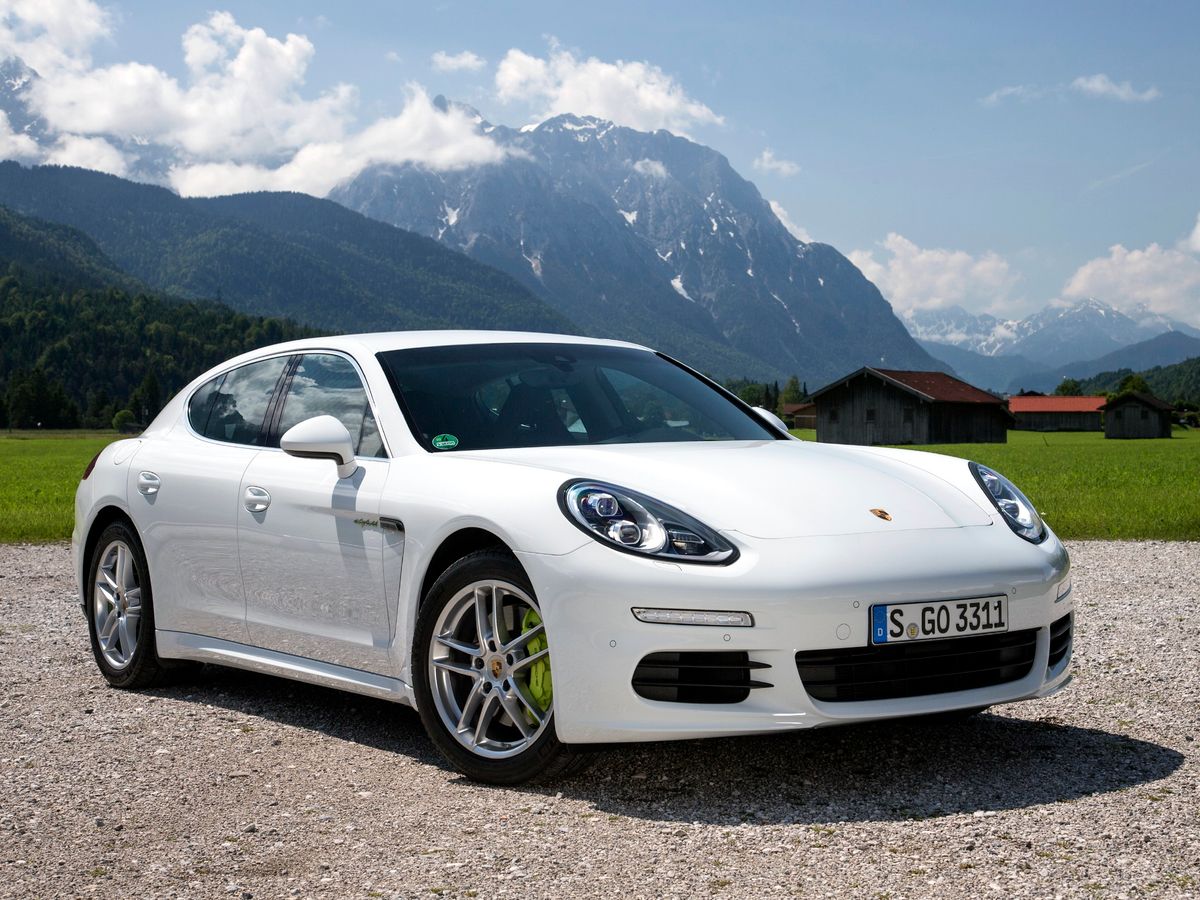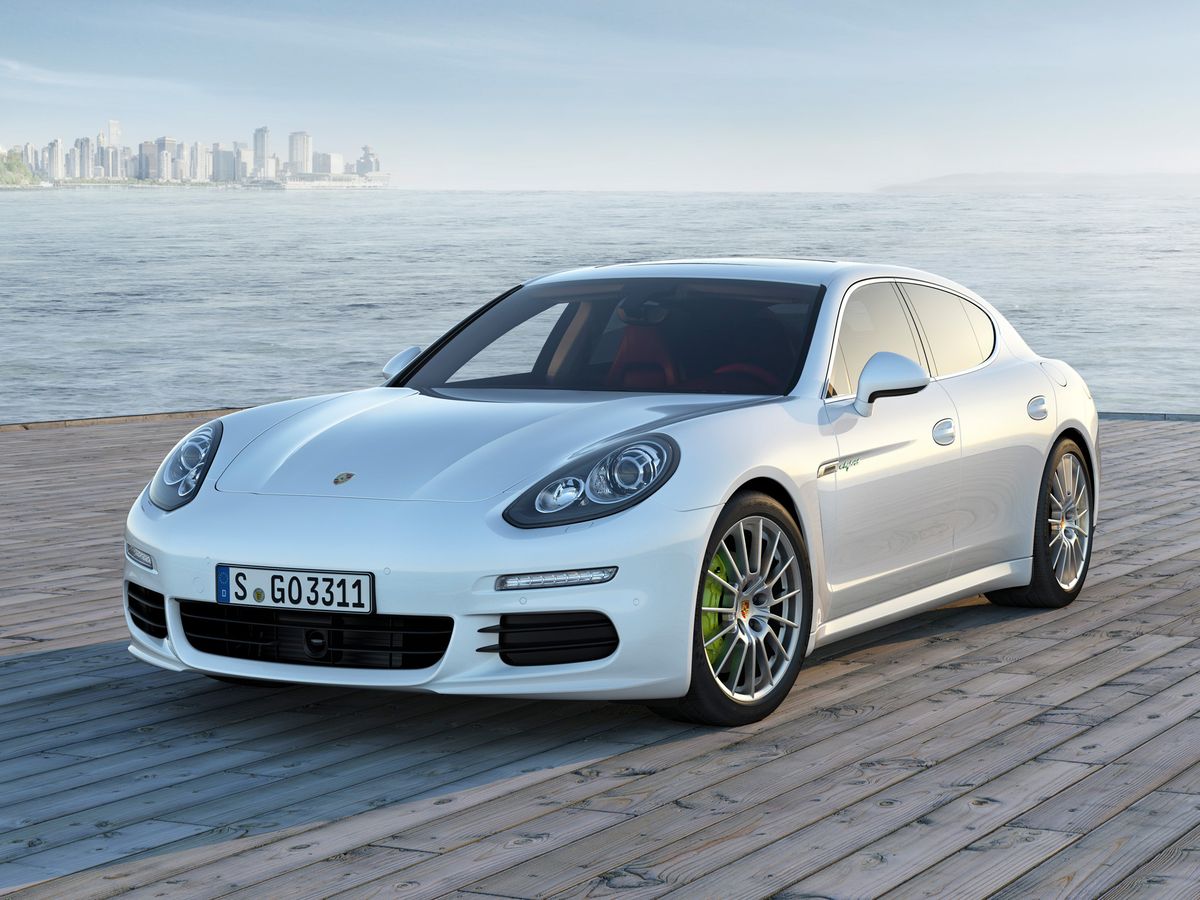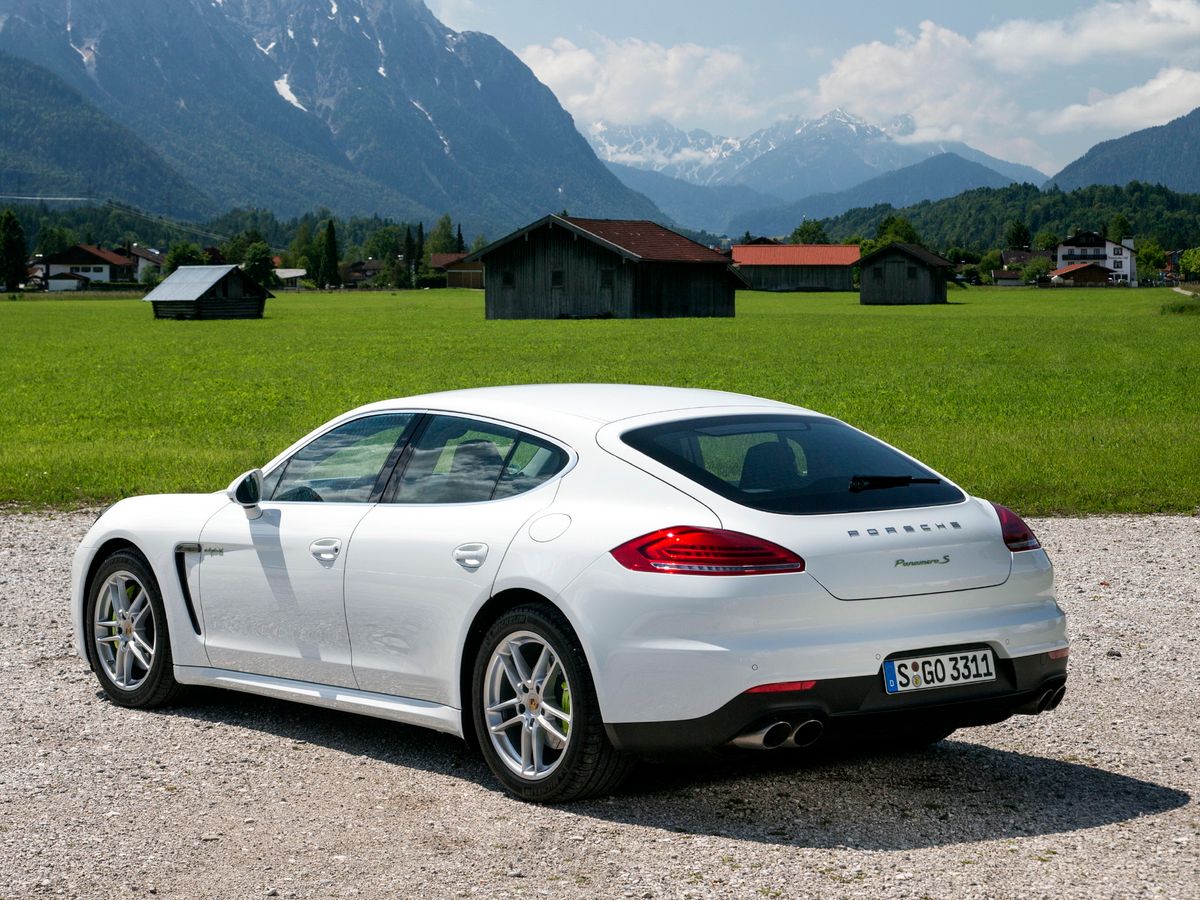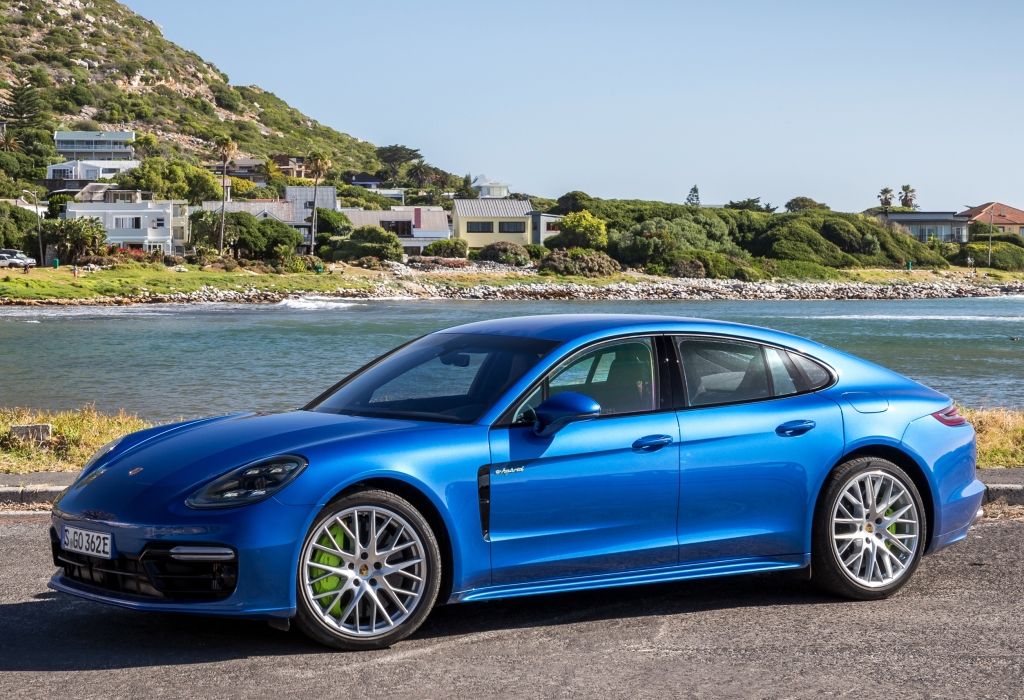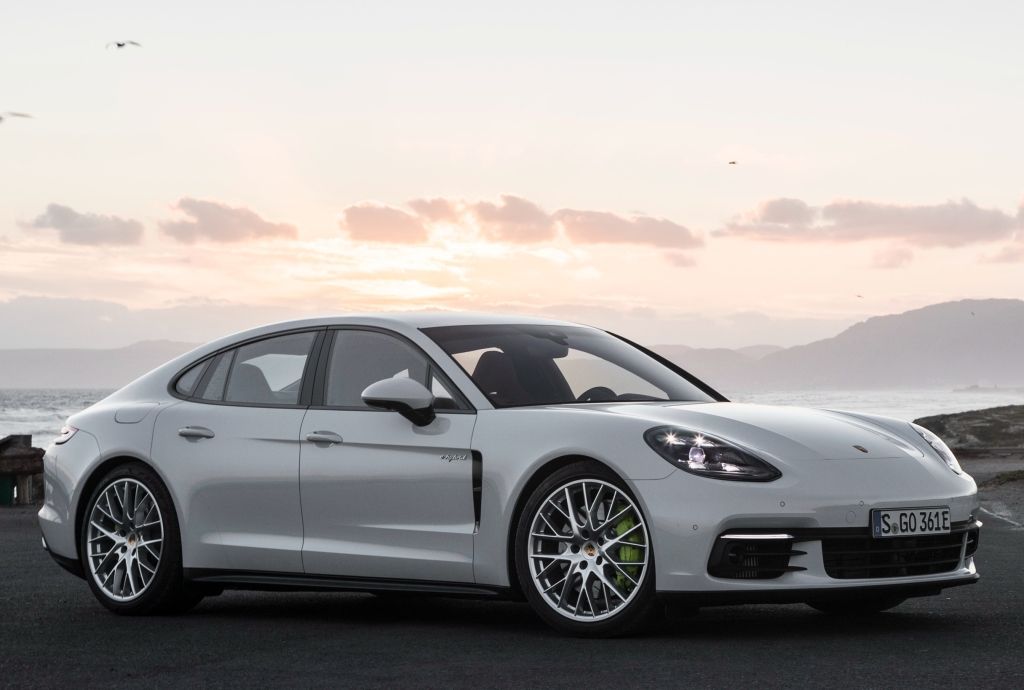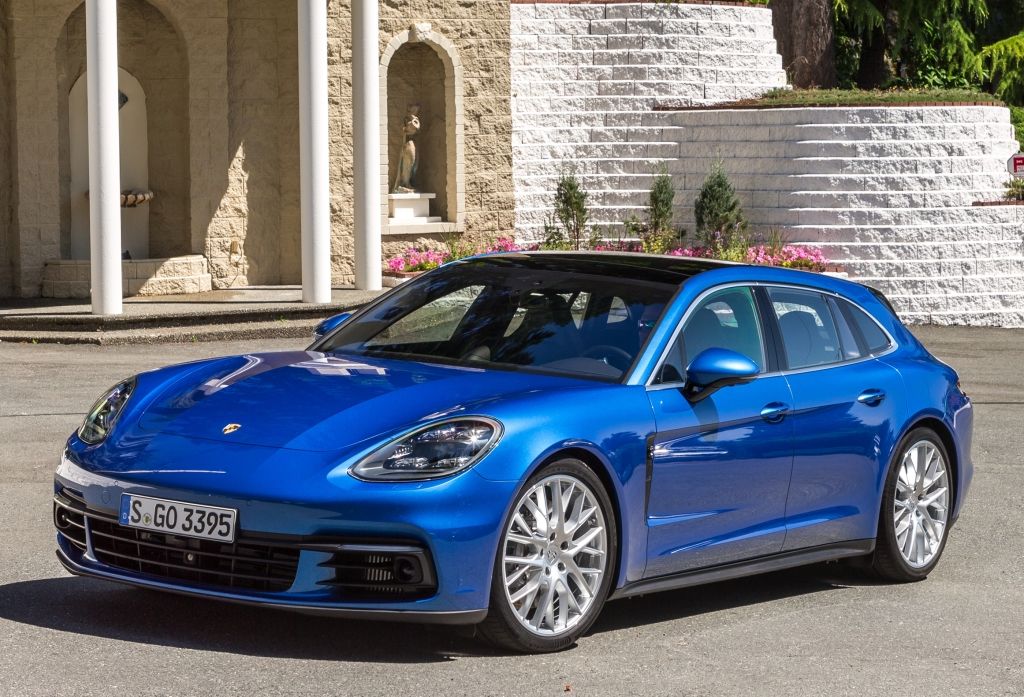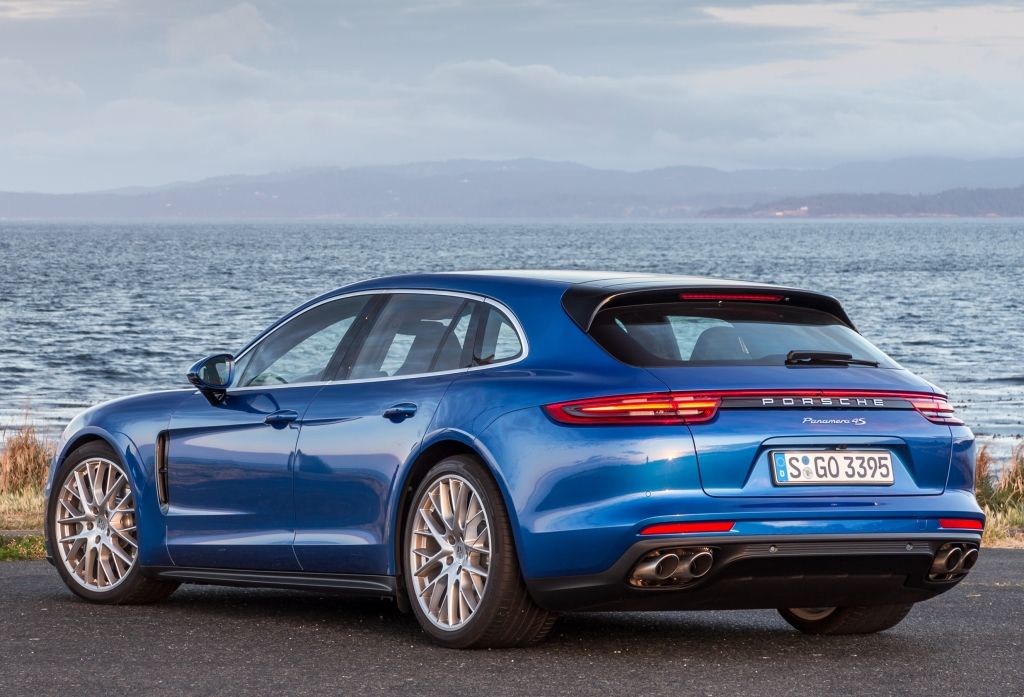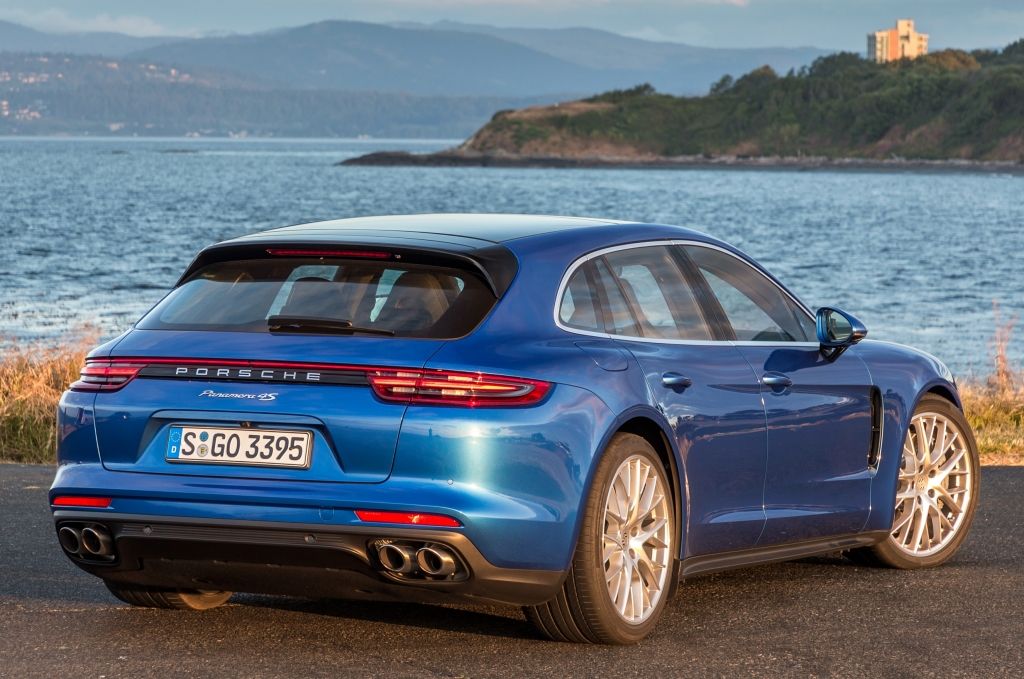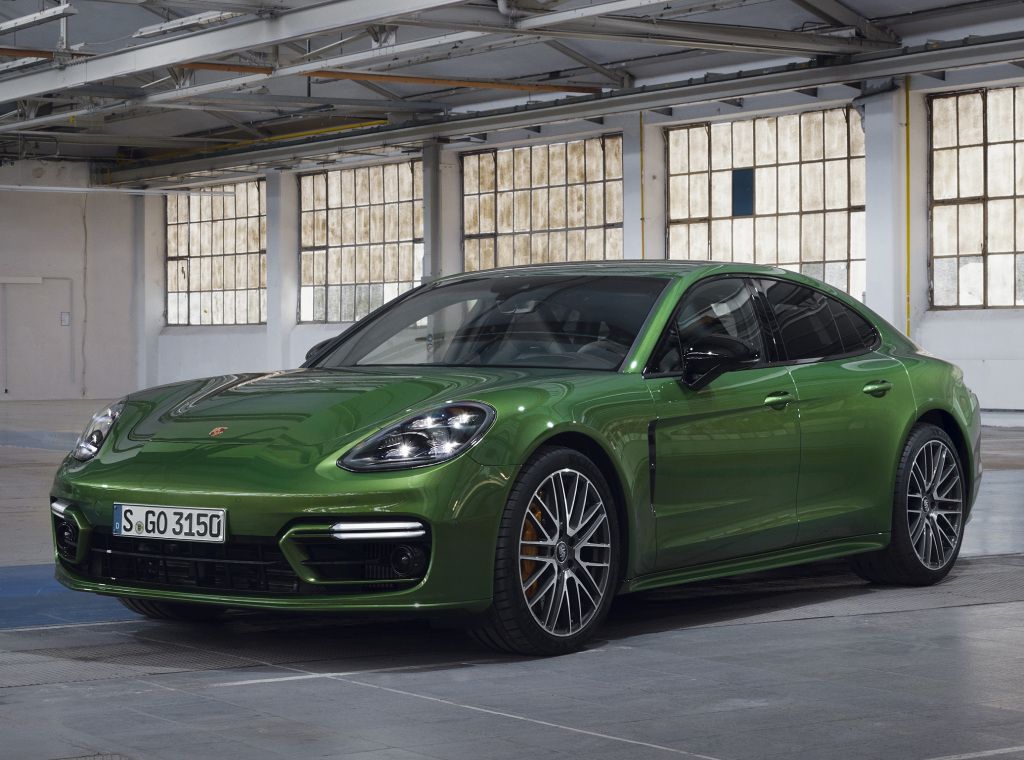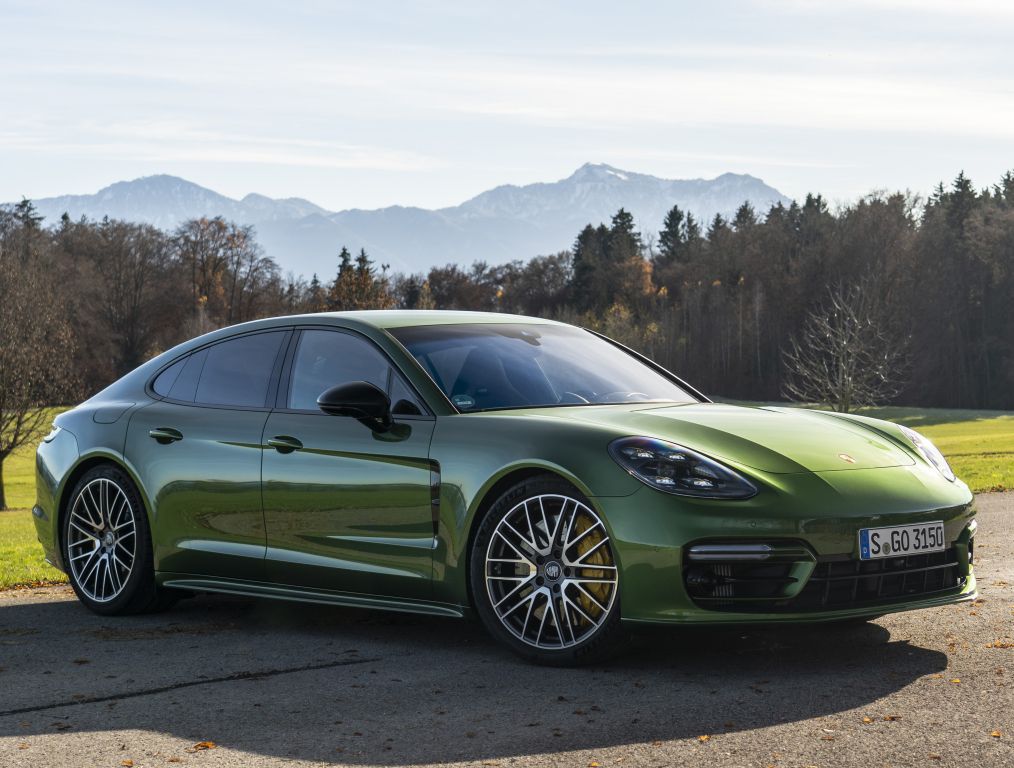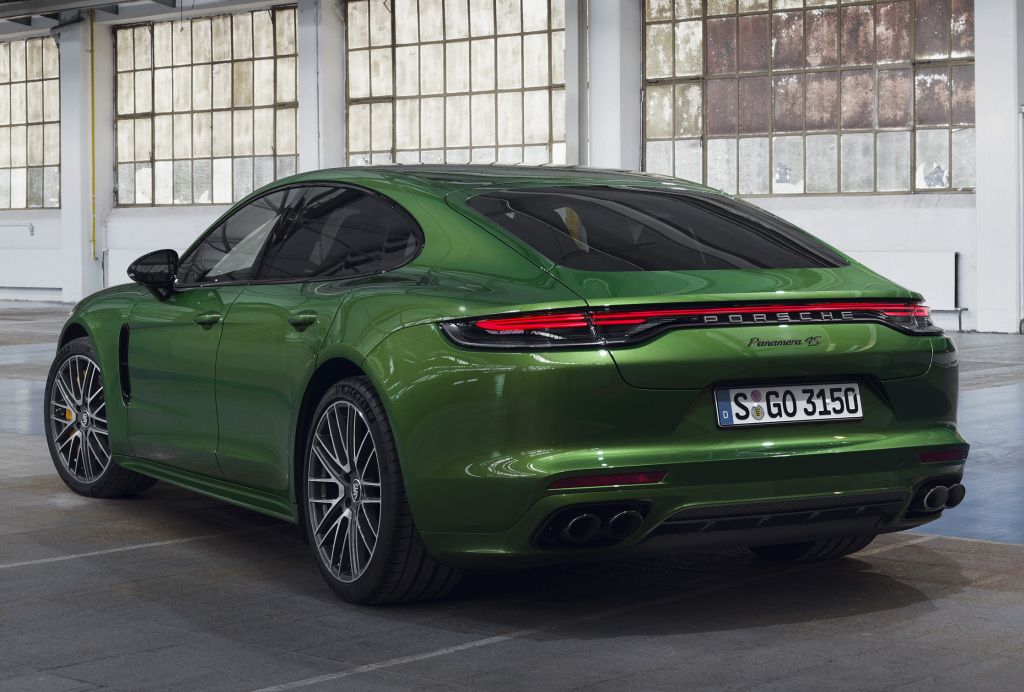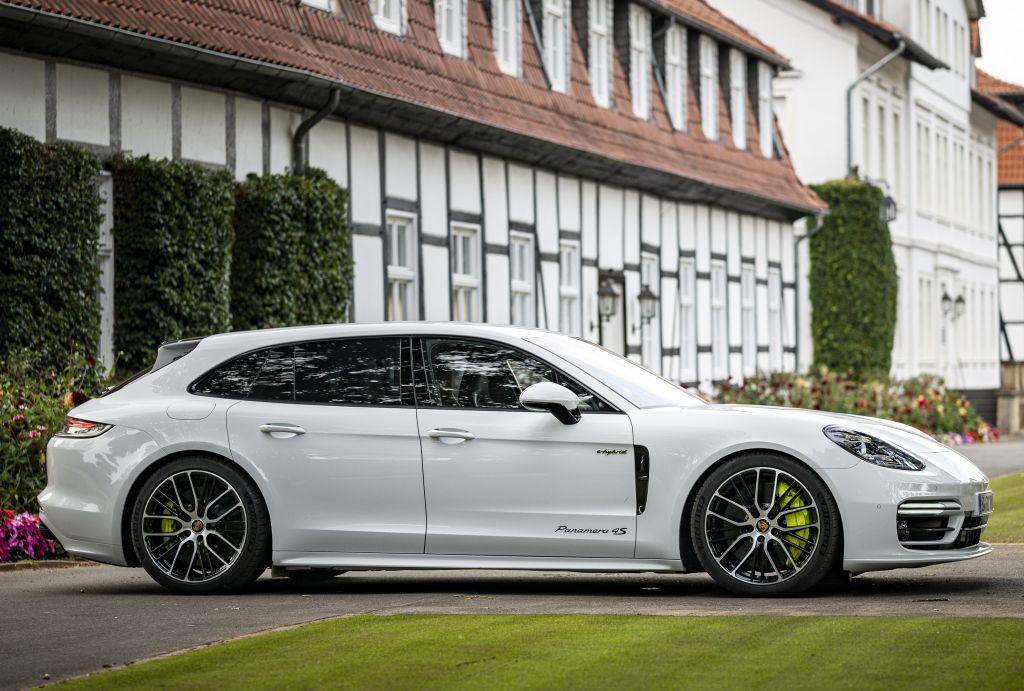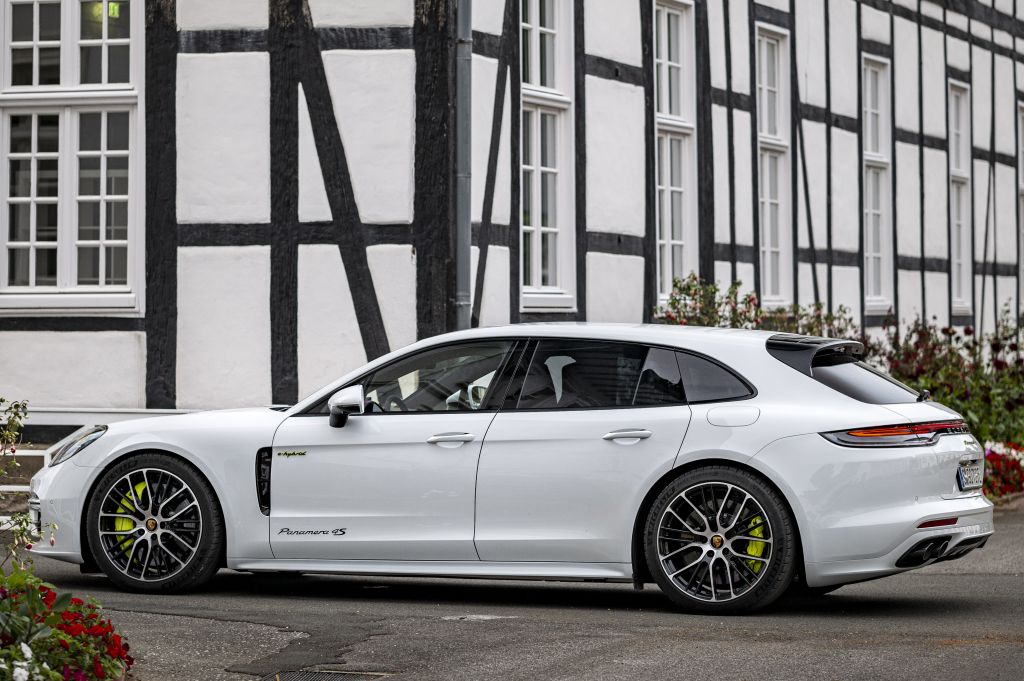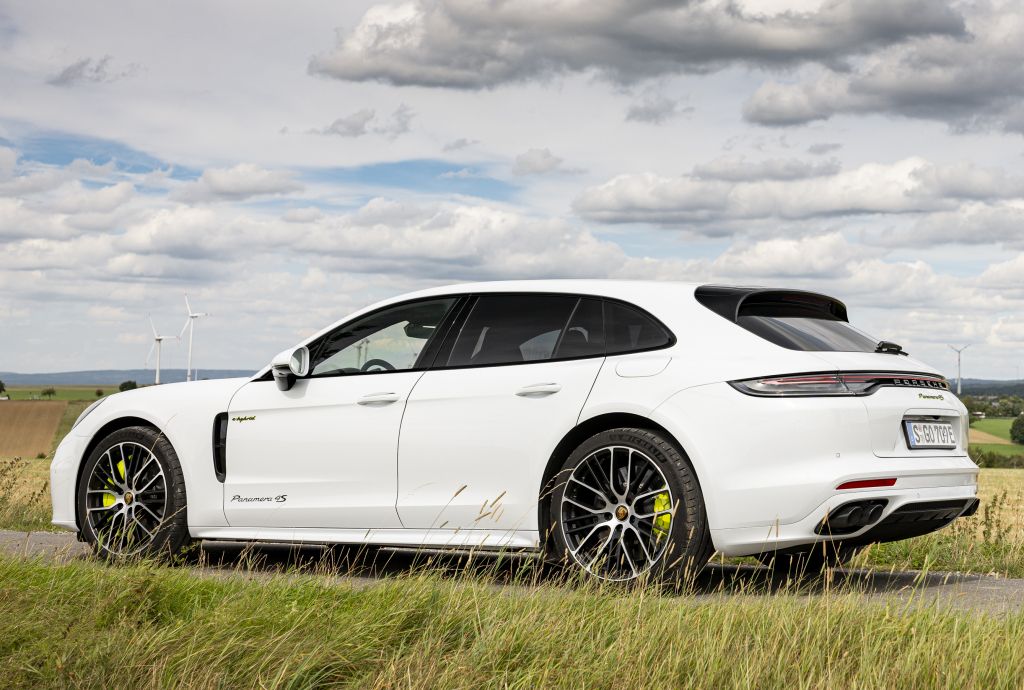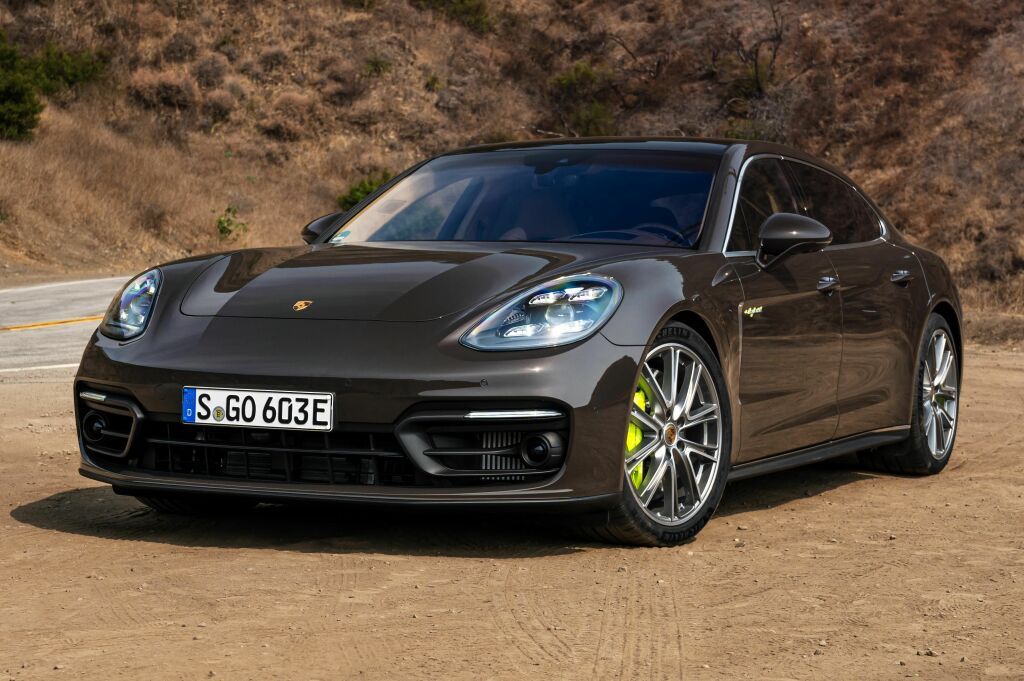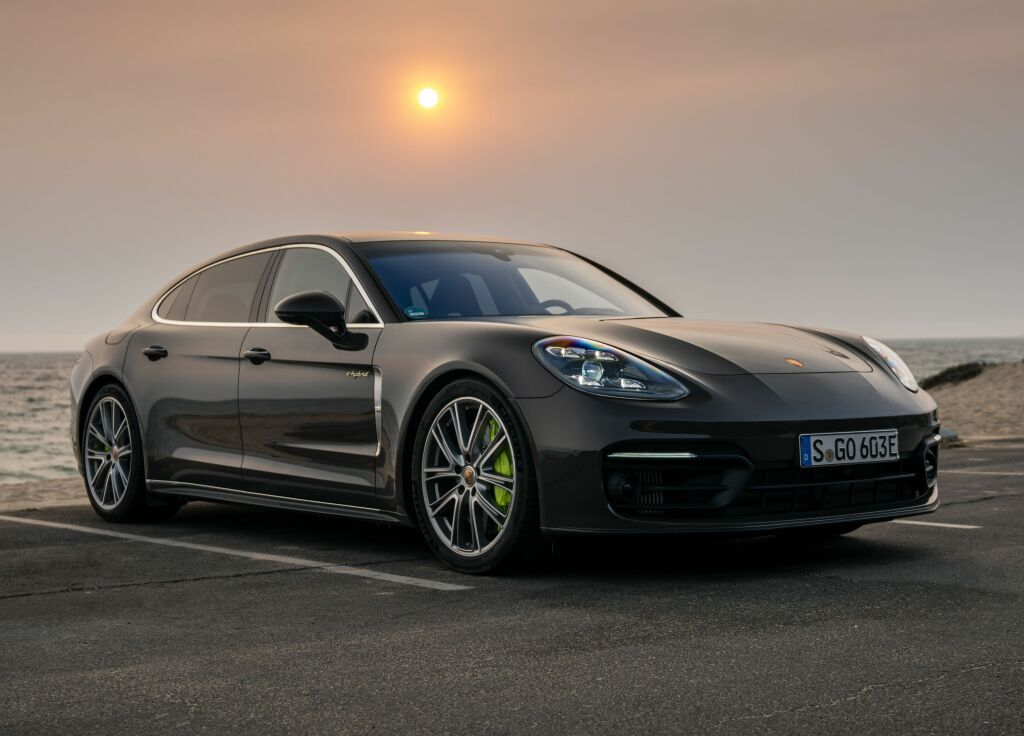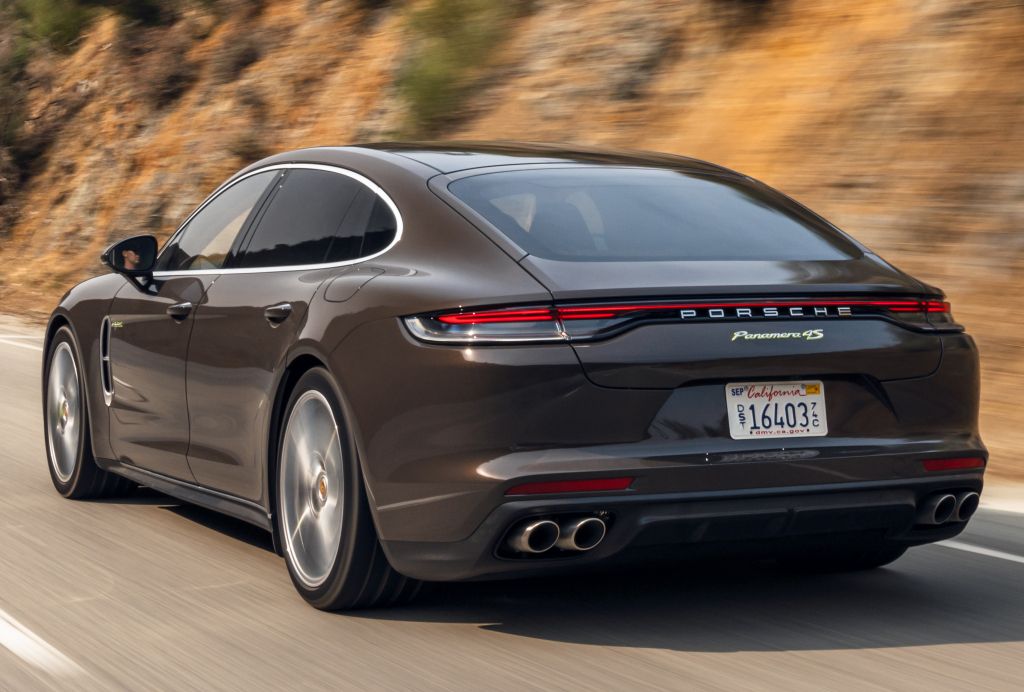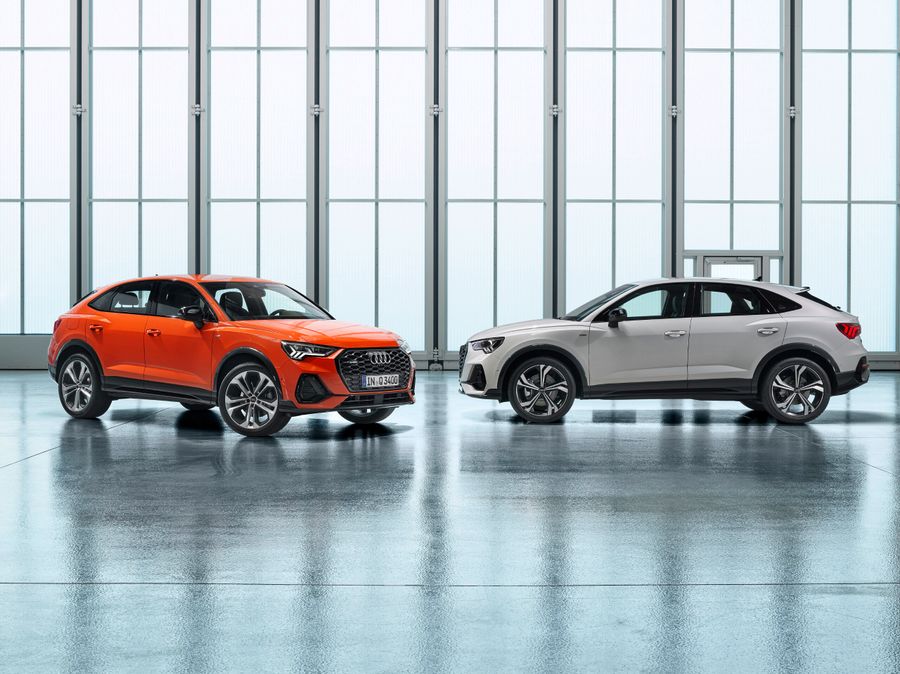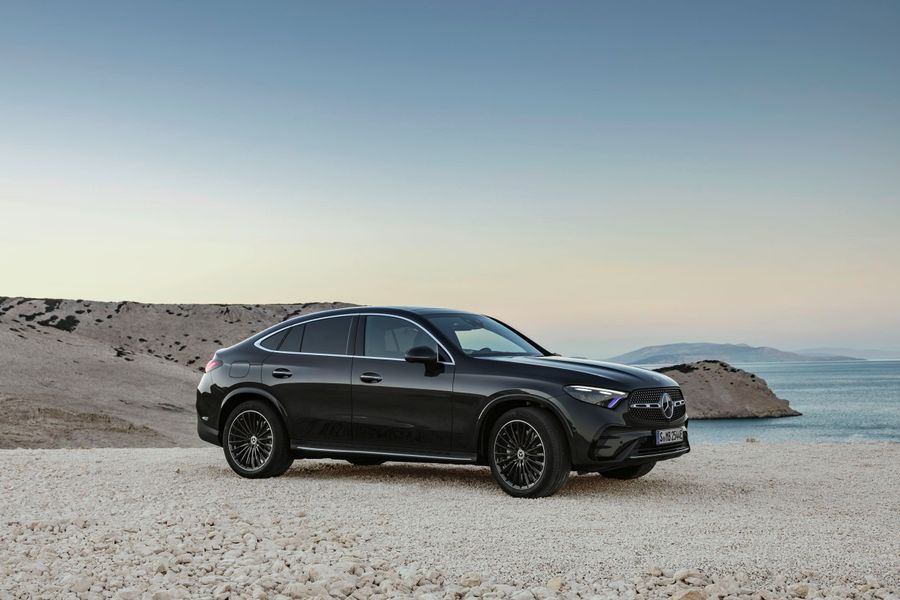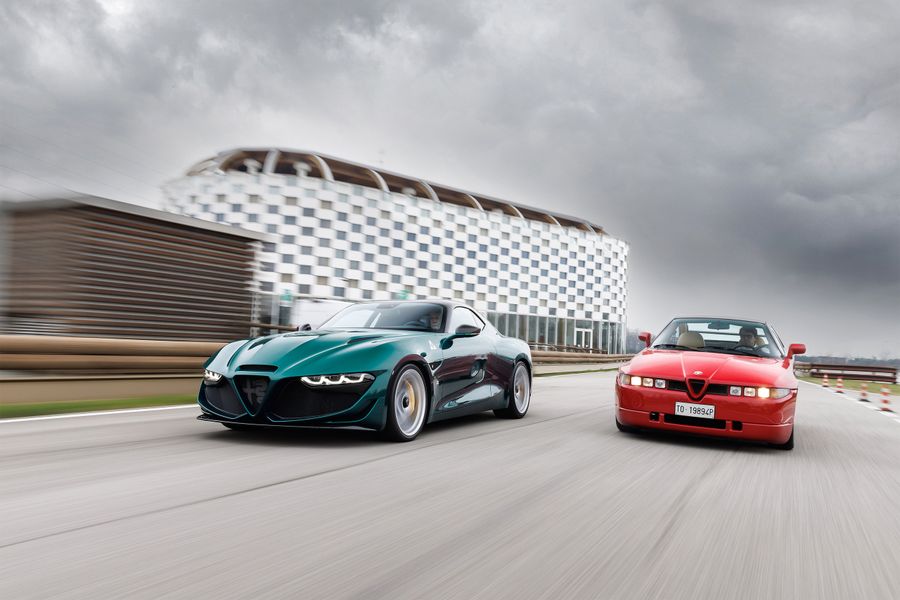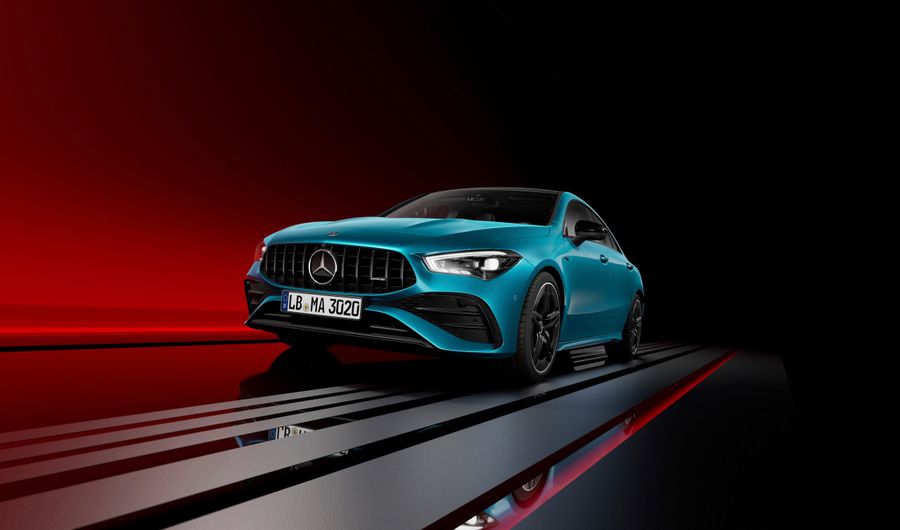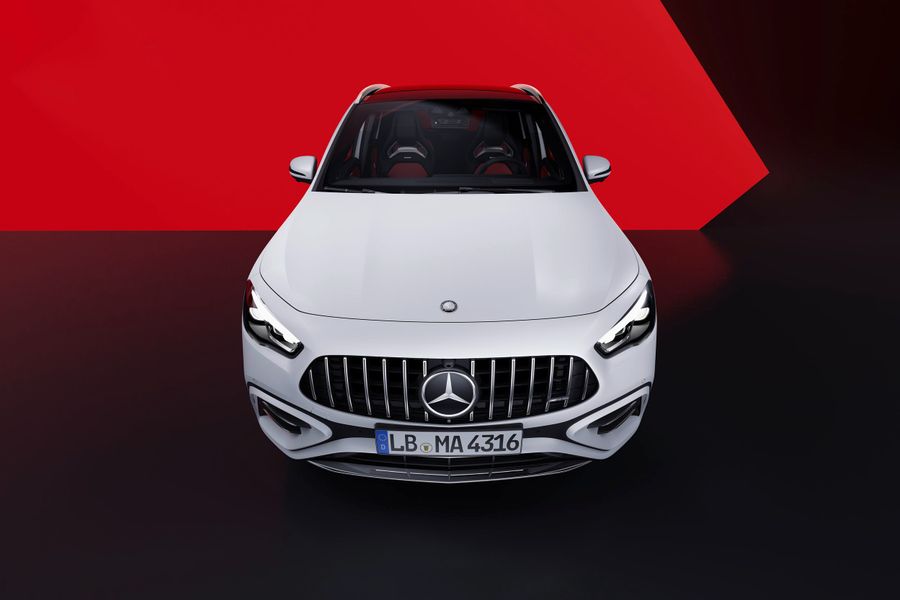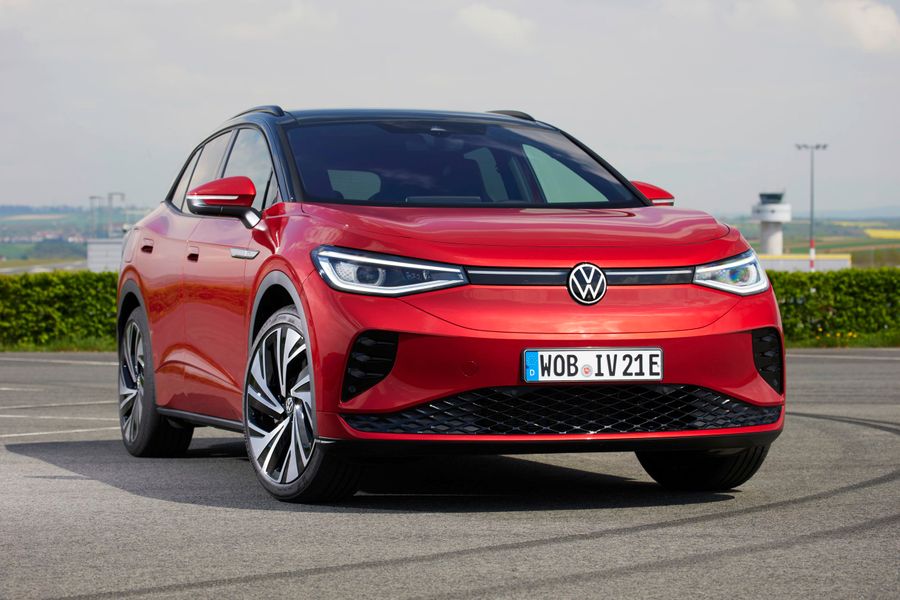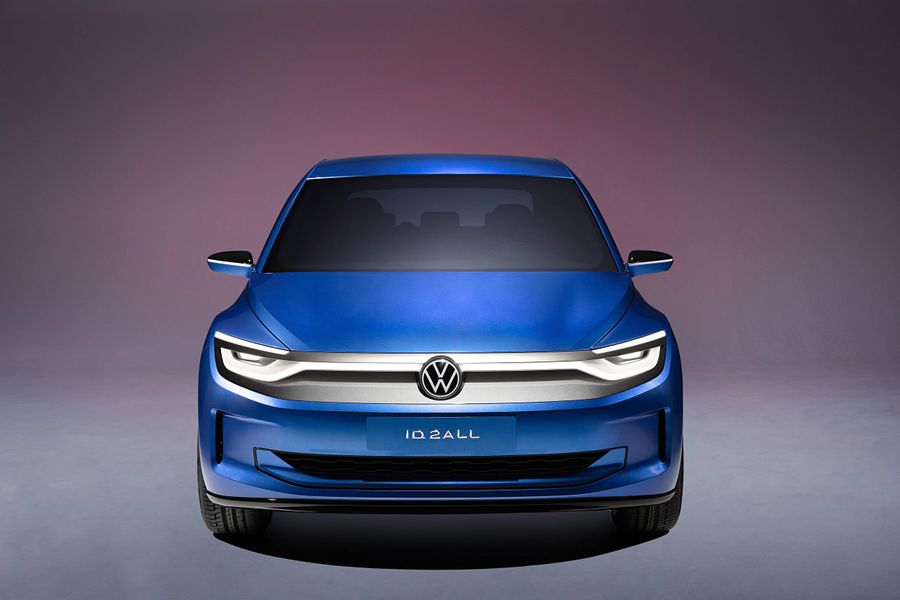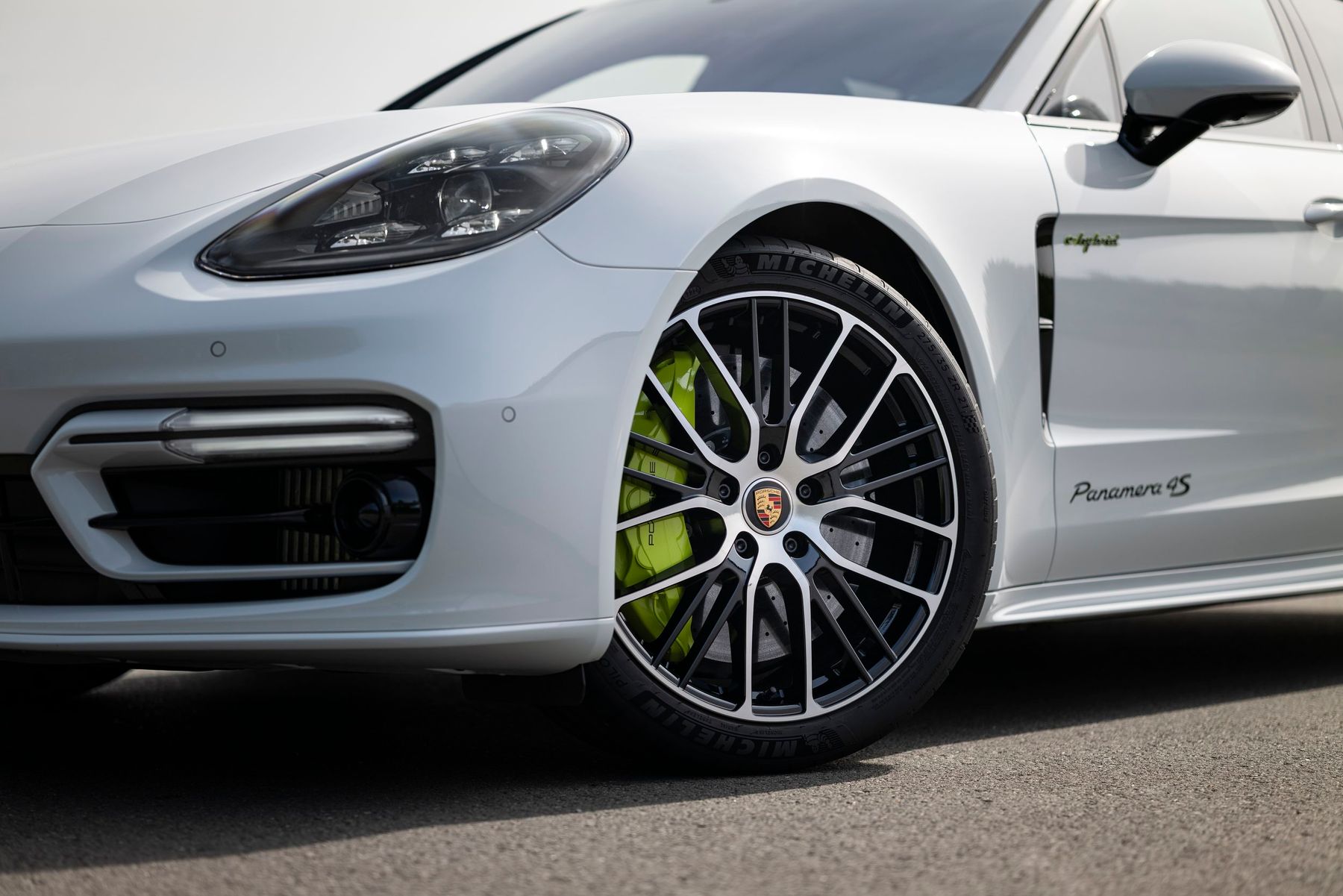
Porsche Panamera. Combining the Uncombinable
The Porsche Panamera is a five-door Gran Turismo sports car with a front-engine layout and four-wheel drive or rear-wheel drive. It has been produced by Porsche (Germany) since 2009 as a liftback, a 5-door estate and a longer liftback. In 2021, Israeli buyers can purchase the second generation Panamera restyled in 2020 in hybrid versions.
The car was named Panamera in honor of the Mexican long-distance race Carrera Panamericana, which took place in the 1950s. A sports car without any compromise in terms of everyday driving, this is how the company positions its creation. It combines seemingly uncombinable qualities: the dynamics and comfort of a sports car with the versatility of a sedan. Porsche planned to annually produce 20,000 of these cars, but the Panamera has far exceeded expectations: in the 10 years since its release, more than 235,000 units have been sold (as of 2019).
The Panamera is of paramount importance to Porsche, as the Gran Turismo class has allowed the company to enter a new market segment and has helped establish itself firmly in the rapidly growing Chinese market. ‘The Panamera is a bearer of technical innovations that later found their way into other models, and this vehicle has played a significant role in shaping the past ten years of the brand’s history, ” says Michael Steiner, former Vice President of the product line, today Member of the Executive Board Research and Development. ‘With its high-performance hybrid variants, it is now above all a trailblazer for electromobility at Porsche.’
The first generation
It was produced from 2009 to 2016. In 2009, Porsche introduced the new Panamera, a five-door, four-seater sports and executive liftback. The car, uncharacteristic of the brand, was built on a new platform with a classic layout. The first Panamera, designated as the G1, immediately set the standard in its class with a wide performance and comfort range. Its design was very innovative. For the first time, a luxury production model was offered with a dual-clutch transmission and a Start-Stop system. The top model Panamera Turbo introduced air suspension with additional air volume and a retractable rear spoiler. The new operating and display concept used in the Gran Turismo class largely set the direction for all subsequent Porsche models.
The car initially featured a 4.8-liter V8 petrol engine (400 hp) or a turbocharged (500 hp) engine. Soon the manufacturer released a version with a 3.6-liter V6 engine with 300 hp. The entry-level versions were equipped with a 6-speed manual transmission, but most of the cars came with a 7-speed PDK gearbox. Buyers could choose between rear-wheel drive and four-wheel drive options. The model range developed rapidly and continuously: rear or four-wheel drive cars with petrol, diesel and plug-in hybrid units could generate from 250 to 550 hp. Diesel and hybrid models were offered with an 8-speed torque converter automatic transmission.
In the course of the 2013 restyling, the Executive liftback version with a longer wheelbase appeared. The engines became even more powerful and could produce up to 570 hp.
The second generation
It has been produced from 2016 to the present, and was restyled in 2020 (as of 2021). The second generation Panamera G2, in addition to the Gran Turismo liftback with a regular and longer wheelbase, has acquired the Sport Turismo 5-door estate with an avant-garde design. The new Porsche Panamera still has decent headroom but is even sportier and more elegant. The car boasts a flatter roofline, a noticeable slight curve at the rear and eye-catching horizontal headlights.
‘The Panamera is a bearer of technical innovations that later found their way into other models, and this vehicle has played a significant role in shaping the past ten years of the brand’s history. With its high-performance hybrid variants, it is now above all a trailblazer for electromobility at Porsche.’
Thanks to such chassis control systems as 3-chamber air suspension, rear-axle steering and PDCC Sport electromechanical roll control, the Porsche Panamera is equally suited for everyday driving as well as for racing on the track. Lars Kern, Porsche factory driver, completed the Nürburgring Nordschleife on a production Panamera Turbo in 7 minutes and 38 seconds. The cars have acquired new engines coupled with an 8-speed PDK. The initial model has an output of 330 hp, while the top model is currently a plug-in hybrid with an output of 680 hp.
Hybrid modifications
- The Panamera S Hybrid is still the most fuel efficient Porsche in the company’s history, despite being the first in the luxury class with a parallel hybrid drive and an output of 380 hp.
- The Panamera S E-Hybrid is the first plug-in hybrid in the segment to offer an output of 416 hp and a driving range of 36 km. The second generation Panamera models have been designed in compliance with the E-Performance concept: the Boost function borrowed from the supercar 918 Spider allows for sporty driving characteristics and at the same time high efficiency, both for the 462 hp Panamera 4 E-Hybrid and the top model Panamera Turbo S E-Hybrid with a total output of 680 hp.
‘With the G2, we managed to carry over the performance-oriented hybrid strategy from the 918 Spyder into the luxury segment, ” says Gernot Döllner, Vice President Product Line Panamera from 2011 to 2018, and today responsible for product concept development at Porsche. This strategy was well received by customers: in 2018, 67 percent of all Panamera models delivered in Europe had a hybrid drive.
2020 restyling
In 2021, Porsche offers three Panamera plug-in hybrid models at once, each of which is offered in three variants: liftback, Executive (longer version of the liftback) and Sport Turismo (5-door estate). Thus, the E-Performance strategy is becoming more and more popular. Israeli buyers can only purchase the liftback version and only in two modifications: Panamera 4 E-Hybrid and Panamera 4S E-Hybrid. Below you can find more information about the Israeli modifications of the 2020/2021 Porsche Panamera.
- Panamera 4 E-Hybrid: Just as before, the electric motor is paired with a 2.9-liter V6 biturbo petrol engine producing 330 hp, which provides a total output of 462 hp. Acceleration from 0 to 100 km/h now occurs in 4.4 seconds, while the top speed reaches 280 km/h. The capacity of the high-voltage battery has been increased from 14.1 to 17.9 kW/h due to optimized battery cells. Moreover, the driving modes are additionally adapted for more efficient use of energy. The driving range has been increased to 56 km in the WLTP cycle and up to 64 km and in the NEDC cycle.
- Panamera 4S E-Hybrid: The version with a 2.9 liter V6 twin turbo engine with 440 hp has also been transformed due to the optimized design, chassis and equipment. A total power of the drive system is 560 hp. The new Panamera 4S accelerates from 0 to 100 km/h with the Sport Chrono Package in an impressive 3.7 seconds and a top speed of 298 km/h. The restyling has significantly improved the exterior. Thus, the car is now standardly equipped with the SportDesign front bumper with striking air intake grilles, large side air intakes and narrow headlight stripes.
The hybrid drive architecture is based on the electric motor integrated into the 8-speed PDK dual-clutch transmission. Its power and torque are the same 136 hp and 400 Nm. In combination with a suitable combustion engine, the car is capable of providing the highest level of dynamics.
Porsche plug-in hybrids are usually charged at home: either from a regular household outlet or from a high-current outlet. The standard Porsche Mobile Charger enables using a charging capacity of up to 7.2 kW, depending on the model. In addition, you can use the Mode 3 cable to charge your car at a public station.


